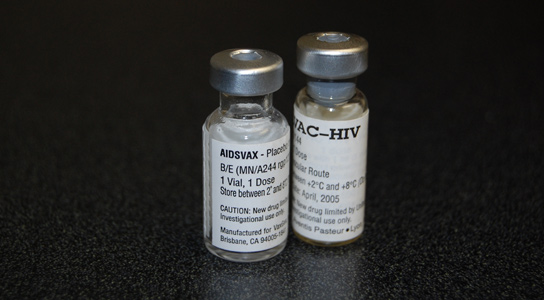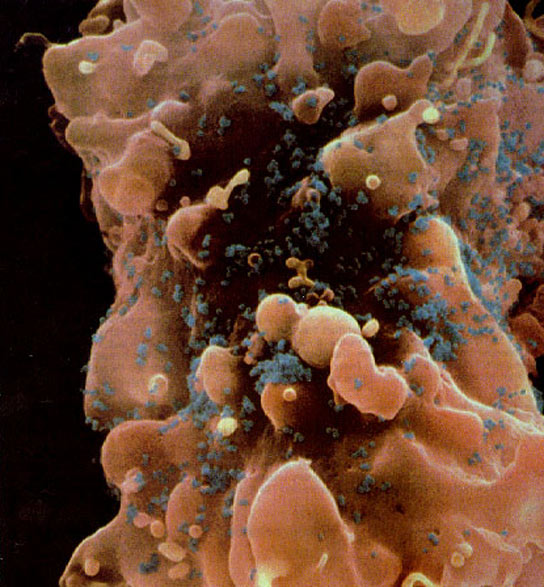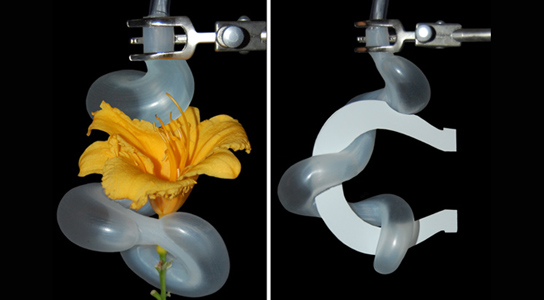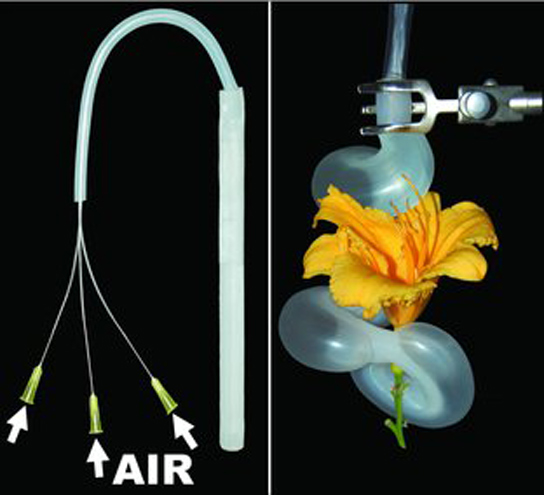Tonkin snub-nosed monkey
There are only an estimated 250 Tonkin snub-nosed monkeys (Rhinopithecus avunculus) left hiding out in their native north-eastern Vietnam.
They spend most of their time in tropical evergreen forests, where they eat soft leaves, fruits and seeds.
Despite their sceptical facial expressions, they are not shy – and that increases their chances of being shot by human hunters.
(Image: Le Khac Quyet/University of Colorado, Boulder)
There are only an estimated 250 Tonkin snub-nosed monkeys (Rhinopithecus avunculus) left hiding out in their native north-eastern Vietnam.
They spend most of their time in tropical evergreen forests, where they eat soft leaves, fruits and seeds.
Despite their sceptical facial expressions, they are not shy – and that increases their chances of being shot by human hunters.
(Image: Le Khac Quyet/University of Colorado, Boulder)
Bullock's false toad
This Chilean frog (Telmatobufo bullocki) is so rare that a 10-year search turned up only one adult in its final year.
The tadpoles eat algae off rocks in rivers, and the adults tend to stick to the same fast-flowing streams. Clear-cutting and other environmental damage fill the water with silt, making it difficult for the tadpoles to feed.
(Image: Andres Charrier)
This Chilean frog (Telmatobufo bullocki) is so rare that a 10-year search turned up only one adult in its final year.
The tadpoles eat algae off rocks in rivers, and the adults tend to stick to the same fast-flowing streams. Clear-cutting and other environmental damage fill the water with silt, making it difficult for the tadpoles to feed.
(Image: Andres Charrier)
Underground orchid
Only a dedicated digger will have a chance to see this beautiful orchid (Rhizanthella gardneri), which spends its entire life underground. That includes the bloom, which consists of around 150 tiny flowers.
Land clearing for agriculture in Western Australia, combined with climate change, has knocked the number of individuals down to below 100.
(Image: Kingsley Dixon)
Only a dedicated digger will have a chance to see this beautiful orchid (Rhizanthella gardneri), which spends its entire life underground. That includes the bloom, which consists of around 150 tiny flowers.
Land clearing for agriculture in Western Australia, combined with climate change, has knocked the number of individuals down to below 100.
(Image: Kingsley Dixon)
Kaiser's spotted newt
This vibrant newt has even more names than it does colours, though it is most commonly called Kaiser's spotted newt (Neurergus kaiseri). The adults are tiny, reaching only 10 to 14 centimetres in length.
Extensive firewood collection and damming have put their habitat at risk, but their biggest threat is actually the pet trade. Many adults are legally exported out of their native Iran, and others have been found on sale in markets in the capital, Tehran.
(Image: R. D. Bartlett)
This vibrant newt has even more names than it does colours, though it is most commonly called Kaiser's spotted newt (Neurergus kaiseri). The adults are tiny, reaching only 10 to 14 centimetres in length.
Extensive firewood collection and damming have put their habitat at risk, but their biggest threat is actually the pet trade. Many adults are legally exported out of their native Iran, and others have been found on sale in markets in the capital, Tehran.
(Image: R. D. Bartlett)
Araripe manakin
The Araripe manakin (Antilophia bokermanni) was described only in 1988. Since then it has been found in three tiny regions on the north-eastern slope of the Chapada do Araripe in Brazil.
It prefers humid spots in the forest, sticking close to rivers and streams. Fewer than 800 individuals exist, and they are often found in mated pairs.
Forest clearing for farming of maize, bananas, beans and tomatoes, along with cattle raising and home construction, are the biggest threats to the species.
(Image: Ciro Albano)
The Araripe manakin (Antilophia bokermanni) was described only in 1988. Since then it has been found in three tiny regions on the north-eastern slope of the Chapada do Araripe in Brazil.
It prefers humid spots in the forest, sticking close to rivers and streams. Fewer than 800 individuals exist, and they are often found in mated pairs.
Forest clearing for farming of maize, bananas, beans and tomatoes, along with cattle raising and home construction, are the biggest threats to the species.
(Image: Ciro Albano)
















